Real estate and fashion may seem miles apart, but a closer look reveals a web of intriguing connections that shape how we live and express ourselves. The fashion industry and the real estate industry are constantly evolving. As these two industries continue to change, they are also influencing each other in unexpected ways.
These two dynamic industries, characterized by constant evolution and innovation, frequently intersect, often giving birth to trends that redefine our lifestyles and homes. From the minimalist movement's impact on home design to the growing demand for eco-friendly materials inspired by sustainable fashion, the interplay between these domains is captivating and transformative.
Minimalism: From Wardrobes to Living Spaces
The rise of minimalism in the fashion realm has profoundly influenced how we design our living spaces. Minimalism, characterized by simplicity, clean lines, and a focus on functionality, has transcended fashion runways to become a dominant force in interior design. The concept of "less is more" has inspired homeowners to declutter their living spaces, creating environments that promote tranquility and mindfulness. Just as a well-curated wardrobe reflects personal style, a thoughtfully designed interior reflects a homeowner's taste while emphasizing the importance of functionality and open space.
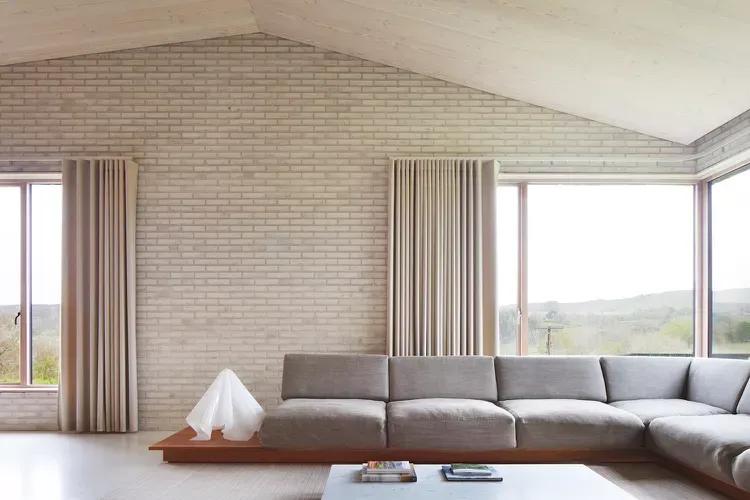

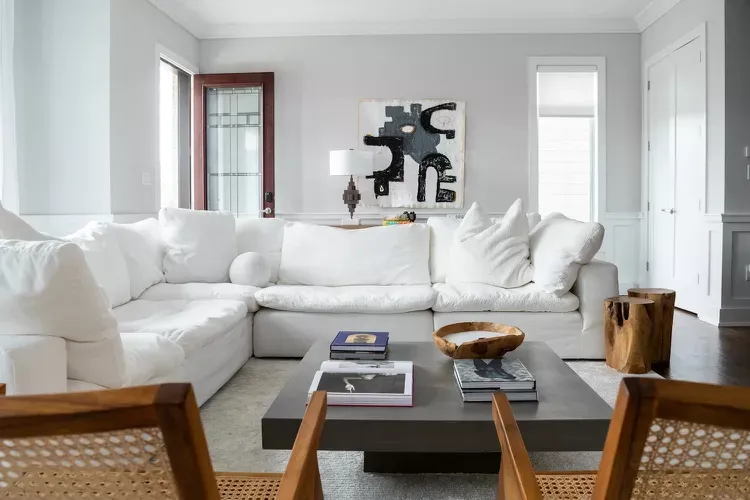
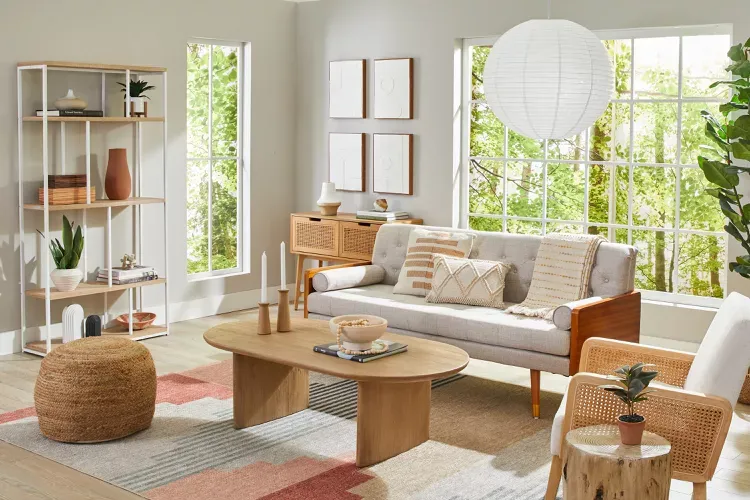
Minimalist fashion's neutral colour palettes and timeless aesthetics have seamlessly transitioned into home design. White walls, sleek furniture, and unobtrusive decor elements have become the embodiment of the minimalist ethos. As real estate professionals cater to a growing audience seeking simplicity and elegance, they integrate minimalist principles into home staging, making spaces feel more inviting and spacious. This interplay between fashion's influence and real estate's adaptability showcases how these industries evolve.
Sustainability: A Shared Ethos
The emergence of sustainable fashion has ignited a global shift towards more environmentally conscious consumer choices. This wave of eco-awareness has sparked a desire for sustainability across various aspects of our lives, including our homes. As fashion enthusiasts gravitate toward garments made from eco-friendly materials, the demand for sustainable and ethically sourced home décor materials has surged.
The real estate industry has begun embracing environmentally friendly building practices and materials in response to this demand. Recycled wood, energy-efficient appliances, and eco-conscious construction techniques are no longer extended niche offerings but vital considerations in modern home construction. Bamboo flooring, reclaimed wood accents, and solar panel installations exemplify the fusion of sustainable fashion principles with real estate's innovative mindset.
Texture, Color, and Mood: A Common Language
Texture, color, and mood are pivotal in fashion and interior design. The art of combining textures and colors to evoke emotions and create a cohesive aesthetic is shared between these two industries. Just as fashion designers experiment with textiles, patterns, and palettes to convey style, real estate professionals use these elements to enhance a property's visual and emotional appeal.
Texture: Texture is the way that something feels to the touch. It can be smooth, rough, soft, rigid, or anything. Texture can be used to create a sense of depth and interest in space, and it can also be used to evoke certain emotions. For example, smooth textures can create a feeling of calmness, while rough textures can create a feeling of excitement.
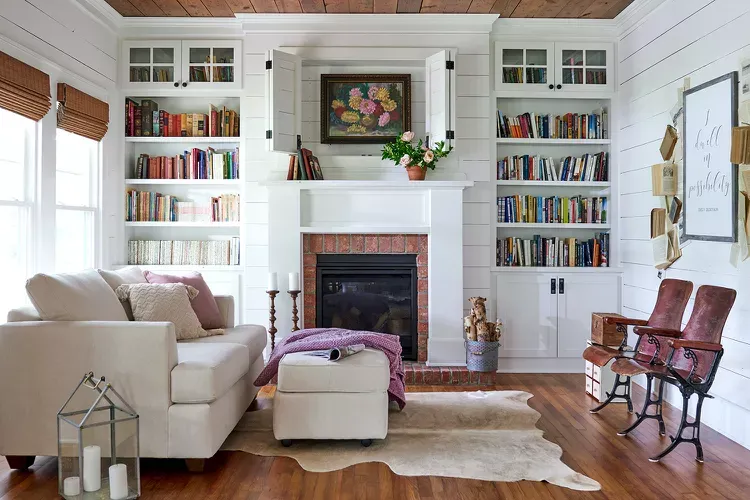
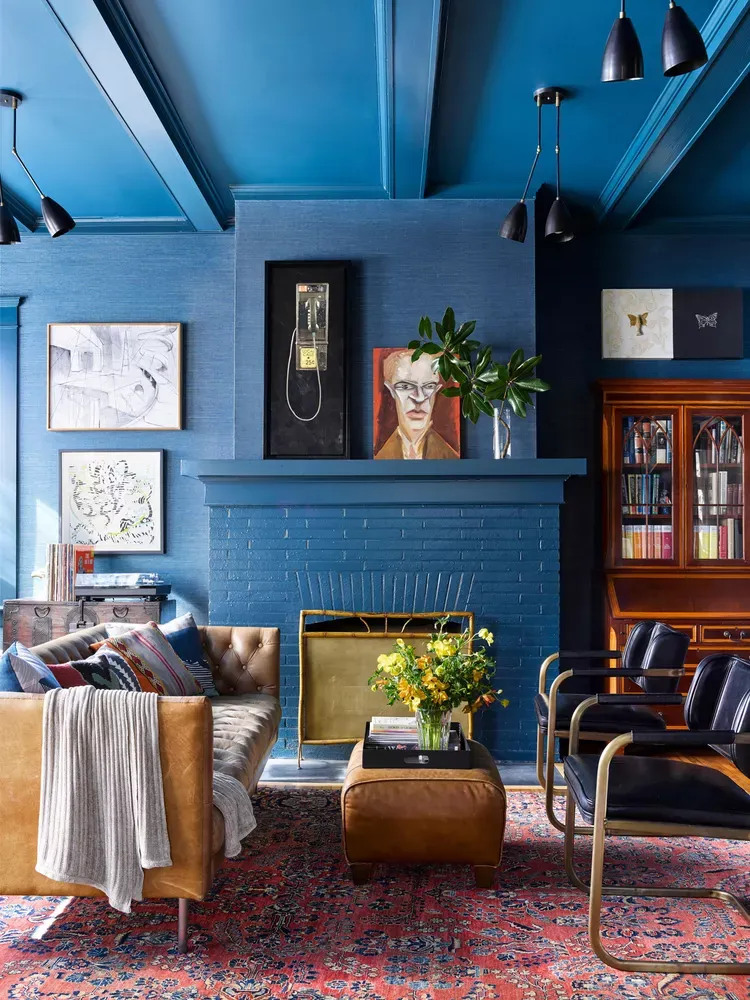
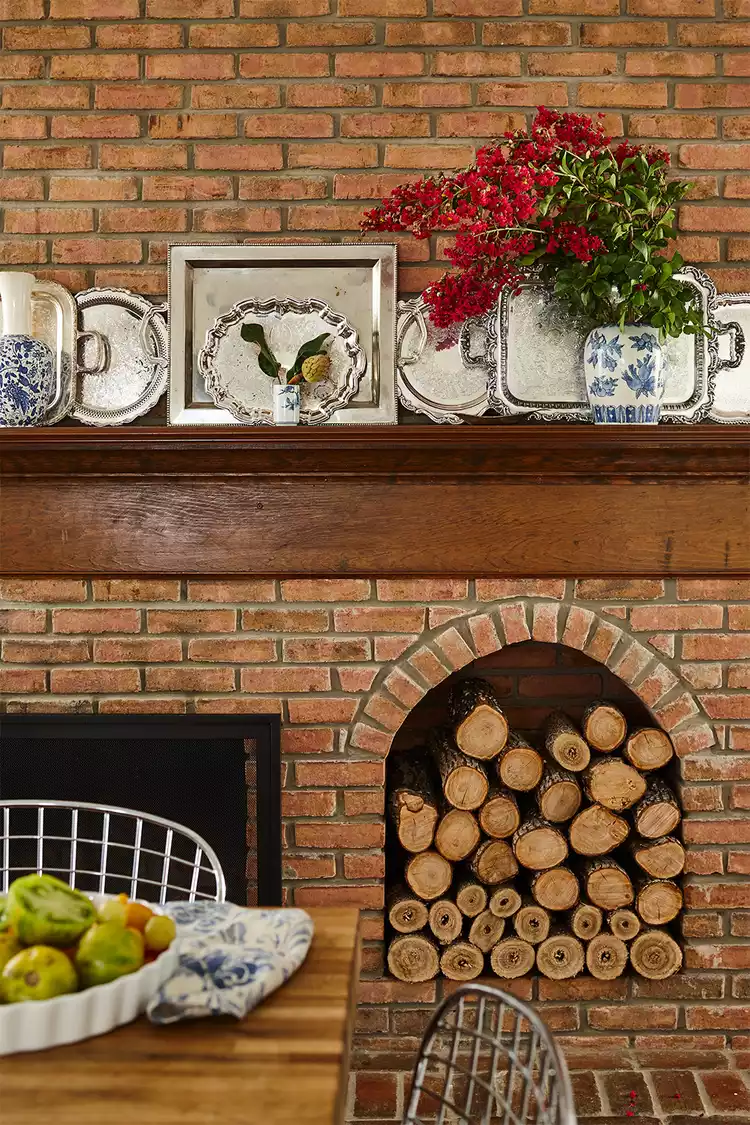
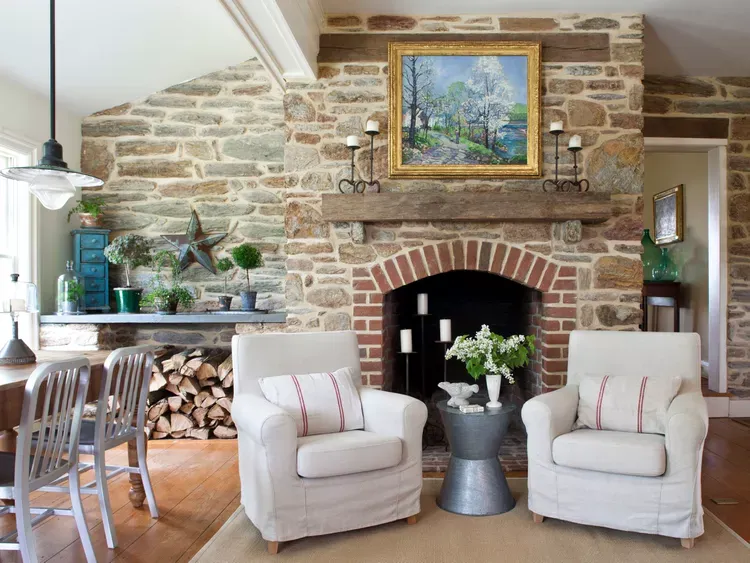
Color: Color is another important element in fashion and interior design. It can create a mood, set a tone, and highlight certain features in a space. Different colors have different psychological effects, so choosing colors that will create the desired atmosphere is essential. For example, blue is often associated with calmness and relaxation, while red is associated with energy and excitement.
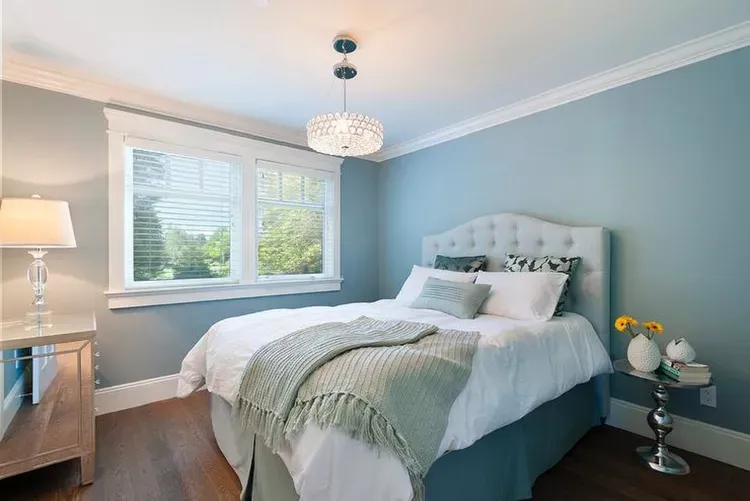



Mood: The mood of a space is created by the combination of texture, color, and other elements, such as lighting and furniture. The goal is to create a space that feels inviting and comfortable and reflects the personality of the people living there.
Beyond Aesthetics: A Lifestyle Integration
Beyond the aesthetic connections, the intermingling of real estate and fashion signifies a broader shift in lifestyle integration. Homebuyers and renters seek spaces that align with their identities and values, mirroring the carefully curated wardrobes that reflect their personalities. Just as fashion choices express individuality, interior design, and real estate decisions encapsulate one's aspirations, beliefs, and sense of self.
The evolving dialogue between these industries invites us to reconsider the boundaries that once separated them. It's a reminder that creativity knows no bounds, and inspiration can stem from unexpected sources. As fashion and real estate continue to evolve in tandem, the result is a harmonious blend of innovation, expression, and a shared commitment to shaping our surroundings in ways that are not only beautiful but also meaningful and sustainable.






